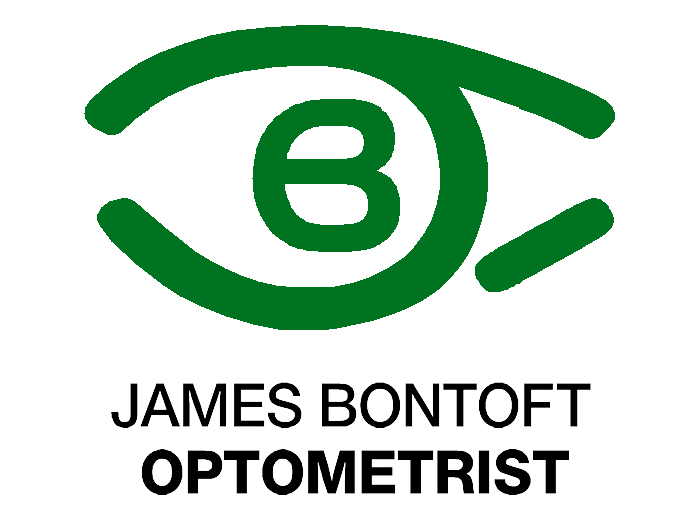Hypermetropia
Definition
Hypermetropia, also known as long-sightedness, is a refractive eye condition when the eye is insufficiently powered to focus objects on the retina. The amount of defocus is greater for near objects than for far objects, and so uncorrected hypermetropes see things clearer when then are far away.
Young people can compensate for small to medium amounts of hypermetropia by flexing the crystalline lens within the eye that is normally used only for near work. This compensatory mechanism allows them to see clearly, but at the risk of fatigue, particularly when reading due to the ‘doubling-up’ of effort required. expense of People who are myopic can see things clearer when they are very close.
Causes
Hypermetropia occurs when there is a mismatch between the focussing strength of the eye and its length. It typically happens because the eye is too short from front to back, and so the focus of light is behind the retina.
A very small amount of hypermetropia is normal. Larger amounts of hypermetropia is believed to have a genetic origin.
Treatment
Hypermetropia is most commonly treated with spectacles that move the focus of light forwards towards the retina. Lenses used to correct hypermetropia are thickest in the centre and get progressively thinner towards their edge. Optical correction of hypermetropia usually gives normal vision.
It is possible to correct hypermetropia with contact lenses.
Refractive surgery alters the focusing parts of the eye. It normally does this by re-shaping the cornea using a laser, but alternatives include inserting a lens within the eye. As with any form of surgery these techniques can lead to complications, which include glare and reduced vision that are not correctable. Hypermetropia is more difficult to correct with laser refractive surgery than myopia. In these procedures it is necessary to steepen the cornea and because tissue can only be removed the creation of a trough in the mid-periphery of the cornea is required and this leads to an irregular contour. The irregularity can result in reduced visual quality even when central acuity is good with the letter chart, and makes regression or loss of effect with time more likely.
